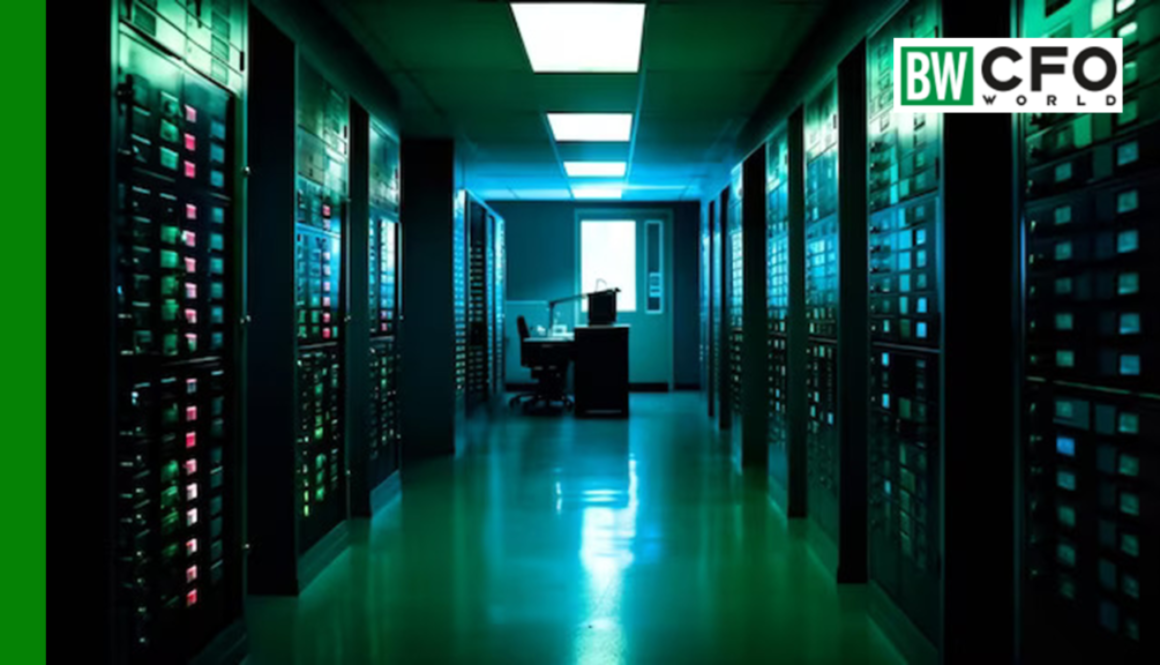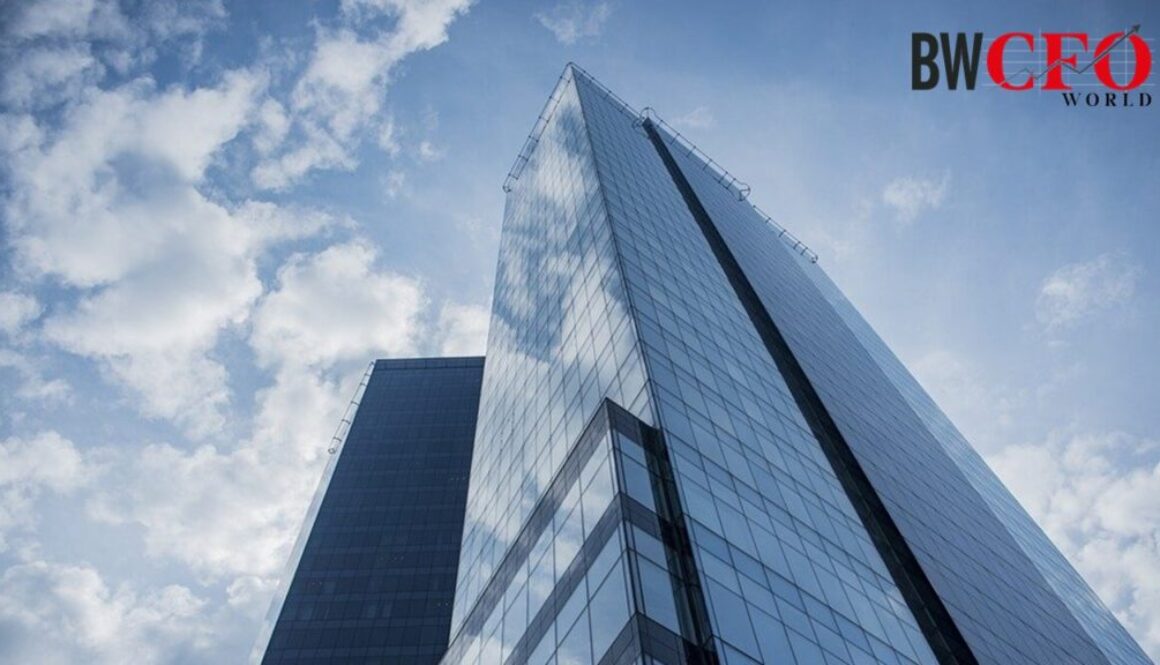Developers are determined towards asset enhancement through requisite retrofit to remain relevant and retain tenants.
Occupier confidence has improved in the latter half of 2021 with occupiers closing large office deals, cementing the resilience of the sector and the underlying importance of offices. Occupiers remain focused on enhancing the well-being and experience of their employees as they plan to return to the office, chasing lucrative leases while realigning long-term plans. Developers are determined towards asset enhancement through requisite retrofit to remain relevant and retain tenants.
“The year 2021 was a watershed moment for India’s real estate sector. Even when the going was tough, the sector not only remained resilient but also emerged stronger than expected. India’s office sector is coming out of the woods, with demand back to pre-record levels. The year 2022 will even be better, even if marred by the new Covid-19 variant. We have now learned to live with uncertainty. Gross absorption in 2022 should be about 15-20% higher than this year as occupier confidence is back in the market. In terms of global capital chasing real estate, the office will continue to remain a dominant sector, but residential and industrial & warehousing will strengthen in 2022 aided by strong business fundamentals,” said Ramesh Nair, CEO, India, and Managing Director, Market Development, Asia, Colliers.
From the second half of 2021, technology players and flex space operators have been taking large spaces. Occupiers who had earlier focused on renewing deals are now looking at new leases. As
employees return to the workplace, next-generation offices replete with health and wellness features are a top draw for occupiers.
Segments that beat market expectations
During the year, some segments surpassed market expectations, led by a tectonic shift in preferences and behaviour of occupiers, homebuyers and investors. We look at some of the segments that have emerged strongly in 2021.
Flex space growing, but not just in top cities
Flex workspaces are leasing spaces backed by occupiers’ back-to-work plans and pre-commitments. Flex spaces have come to the fore after a gap of a year, to occupy a significant share in leasing at 16-18% in 2021. Total flex stock in metro cities is likely to rise to about 40 million sq feet in 2021. Tier-II cities are witnessing increased growth of flex spaces. Flex spaces stock in tier II cities is estimated to have grown more than two-fold this year to 5.5 million sq feet.
Investments in residential make a comeback
Residential segment saw strong recovery gains led by government stimulus, market-led price discovery, new demand. Investment volumes in the residential sector made a comeback in 2021. In the first nine months of the year, investments in the residential sector stood at USD420 million, surpassing the volumes seen in the whole last year. Investors are seeking a buy-in in the asset class, especially in the near-completion stage. Investments are spurred by renewed residential demand, led by a higher inclination to own homes, low home loan rates and steady prices.
Industrial investments inch towards USD1 bn
The industrial segment is likely to see investments inching towards USD1 billion in 2021, led by large global investors buying ready and greenfield warehousing projects. Since last year, investors have been exploring industrial space. While data centers gained traction this year from developers and investors, this year also saw the maiden investments deal in the life sciences sector.
“Despite a devastating second wave, investments into the real estate sector have been unwavering, especially from global investors. Interestingly, investors are also betting on new-age sectors like life sciences and data centres. As per a recent Colliers survey, industrial and logistics assets will be the most sought-after real estate assets in the APAC region, with more than 20% of investors anticipating capital value gains of 10%-20% in value-add assets in 2022, supported by tailwinds and large-scale economic transformation. This shows the immense potential. Moreover, the centre’s new warehousing policy has the potential to transform the warehousing sector to make it more competitive. Overall, the sector’s resilience and growth will give way to more innovation next year, in
accordance with the changing times we live in, says Vimal Nadar, Senior Director and Head of Research, Colliers India.
Overall, the real estate sector will see stakeholders pivoting to different models, resetting to the new way we work, live and entertain. Developers, investors and buyers will work towards bringing in sustainability and cutting carbon emissions. The market will also see gains from sectors such as Electric vehicles, solar panel manufacturing, etc in the coming years.






